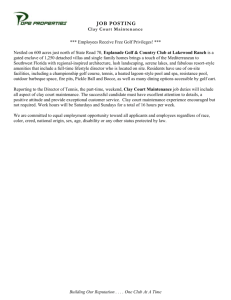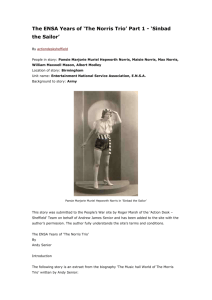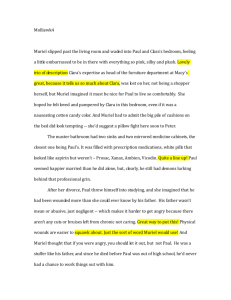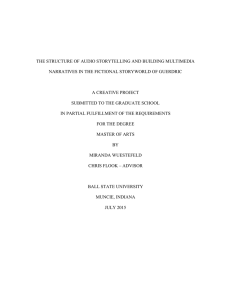Beauty Is Only Skin
advertisement
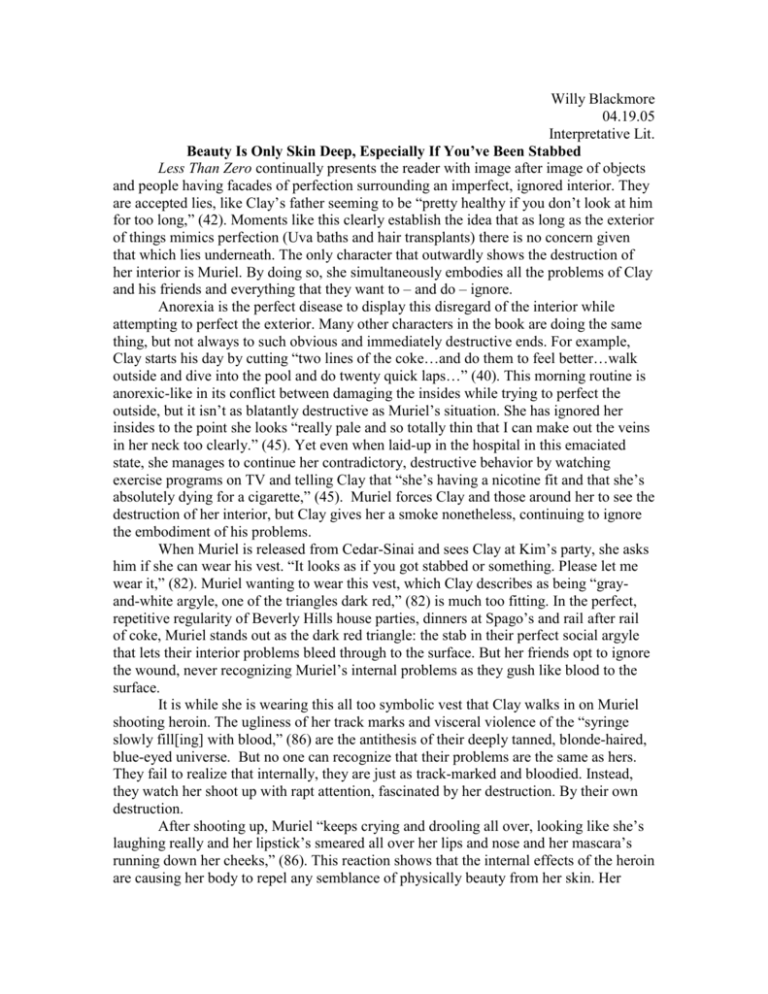
Willy Blackmore 04.19.05 Interpretative Lit. Beauty Is Only Skin Deep, Especially If You’ve Been Stabbed Less Than Zero continually presents the reader with image after image of objects and people having facades of perfection surrounding an imperfect, ignored interior. They are accepted lies, like Clay’s father seeming to be “pretty healthy if you don’t look at him for too long,” (42). Moments like this clearly establish the idea that as long as the exterior of things mimics perfection (Uva baths and hair transplants) there is no concern given that which lies underneath. The only character that outwardly shows the destruction of her interior is Muriel. By doing so, she simultaneously embodies all the problems of Clay and his friends and everything that they want to – and do – ignore. Anorexia is the perfect disease to display this disregard of the interior while attempting to perfect the exterior. Many other characters in the book are doing the same thing, but not always to such obvious and immediately destructive ends. For example, Clay starts his day by cutting “two lines of the coke…and do them to feel better…walk outside and dive into the pool and do twenty quick laps…” (40). This morning routine is anorexic-like in its conflict between damaging the insides while trying to perfect the outside, but it isn’t as blatantly destructive as Muriel’s situation. She has ignored her insides to the point she looks “really pale and so totally thin that I can make out the veins in her neck too clearly.” (45). Yet even when laid-up in the hospital in this emaciated state, she manages to continue her contradictory, destructive behavior by watching exercise programs on TV and telling Clay that “she’s having a nicotine fit and that she’s absolutely dying for a cigarette,” (45). Muriel forces Clay and those around her to see the destruction of her interior, but Clay gives her a smoke nonetheless, continuing to ignore the embodiment of his problems. When Muriel is released from Cedar-Sinai and sees Clay at Kim’s party, she asks him if she can wear his vest. “It looks as if you got stabbed or something. Please let me wear it,” (82). Muriel wanting to wear this vest, which Clay describes as being “grayand-white argyle, one of the triangles dark red,” (82) is much too fitting. In the perfect, repetitive regularity of Beverly Hills house parties, dinners at Spago’s and rail after rail of coke, Muriel stands out as the dark red triangle: the stab in their perfect social argyle that lets their interior problems bleed through to the surface. But her friends opt to ignore the wound, never recognizing Muriel’s internal problems as they gush like blood to the surface. It is while she is wearing this all too symbolic vest that Clay walks in on Muriel shooting heroin. The ugliness of her track marks and visceral violence of the “syringe slowly fill[ing] with blood,” (86) are the antithesis of their deeply tanned, blonde-haired, blue-eyed universe. But no one can recognize that their problems are the same as hers. They fail to realize that internally, they are just as track-marked and bloodied. Instead, they watch her shoot up with rapt attention, fascinated by her destruction. By their own destruction. After shooting up, Muriel “keeps crying and drooling all over, looking like she’s laughing really and her lipstick’s smeared all over her lips and nose and her mascara’s running down her cheeks,” (86). This reaction shows that the internal effects of the heroin are causing her body to repel any semblance of physically beauty from her skin. Her interior foundations have been so utterly obliterated that they will never be able to support a façade of exterior perfection ever again. She is less than zero, the glaring failure of the fast, privileged, Southern California lifestyle. And she is sitting there, belt around her arm, knife wound in her vest for all her fast, privileged, Southern Californian friends to ignore.





![[1.1] Prehistoric Origins Work Sheet](http://s3.studylib.net/store/data/006616577_1-747248a348beda0bf6c418ebdaed3459-300x300.png)
